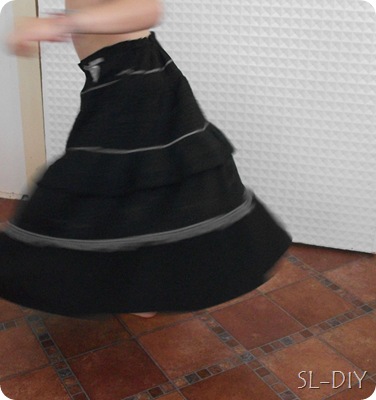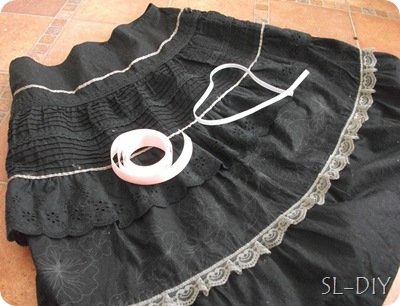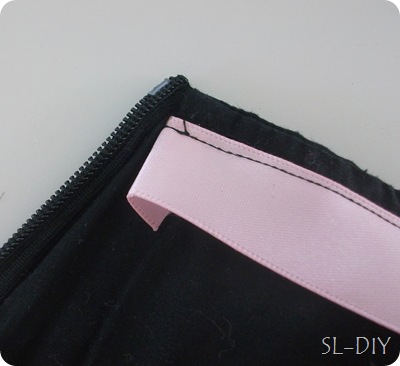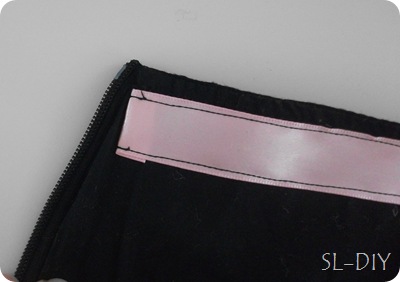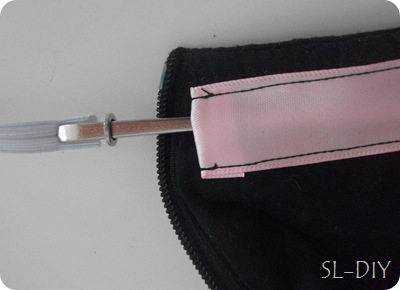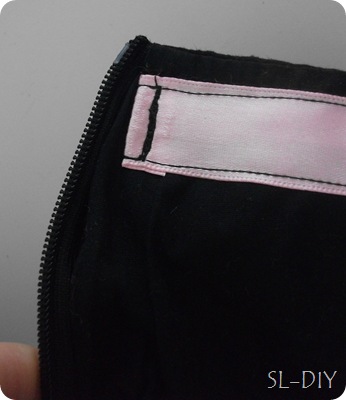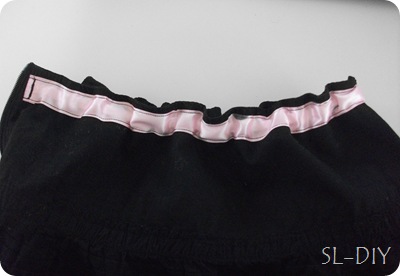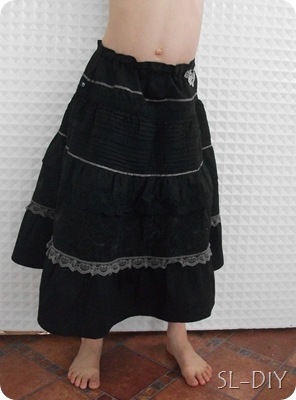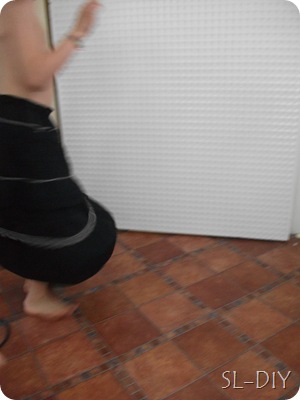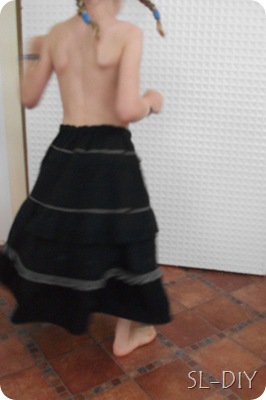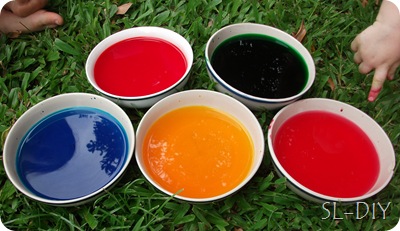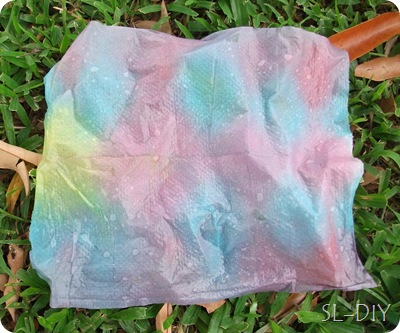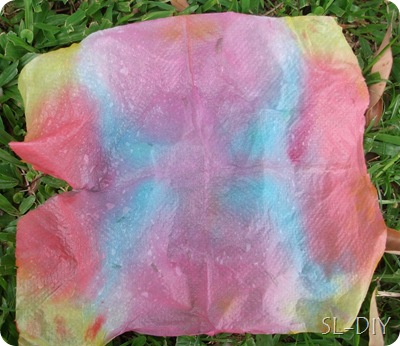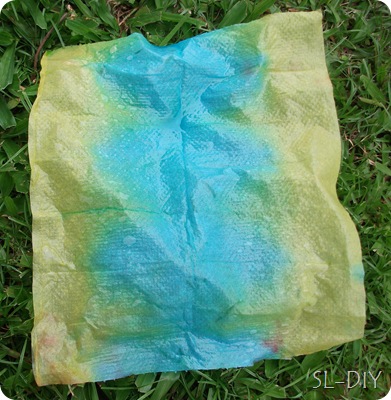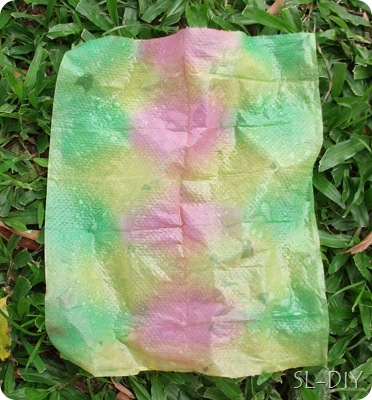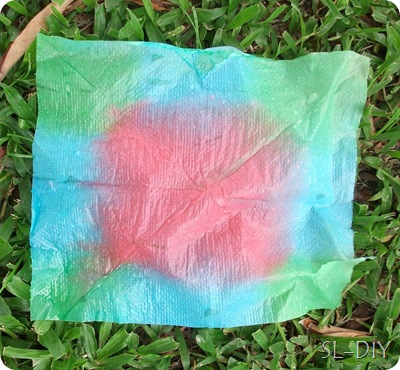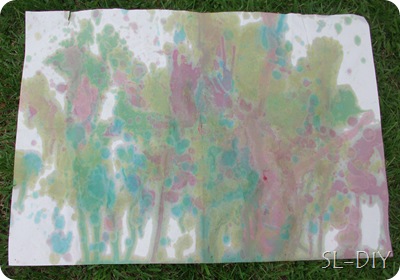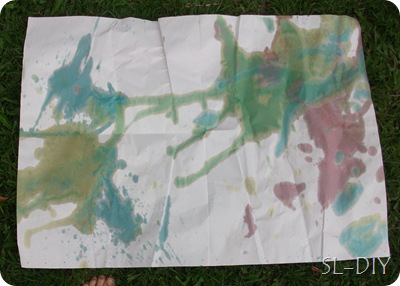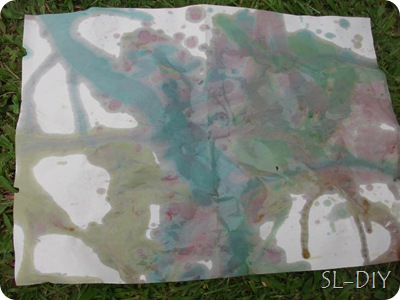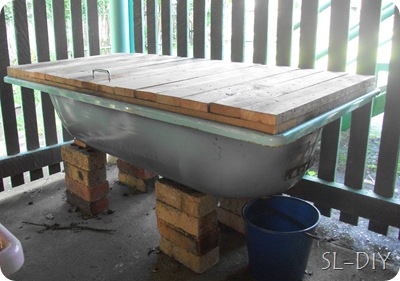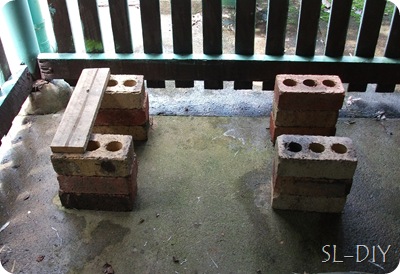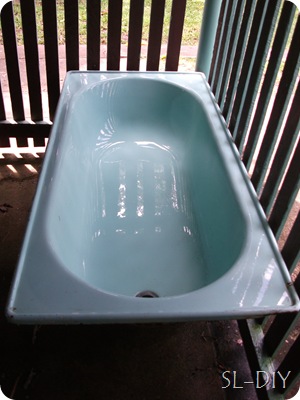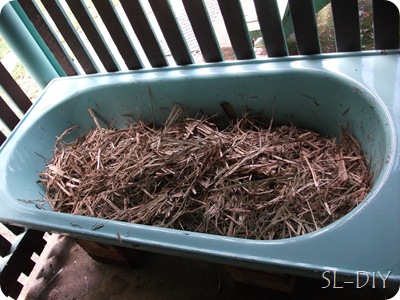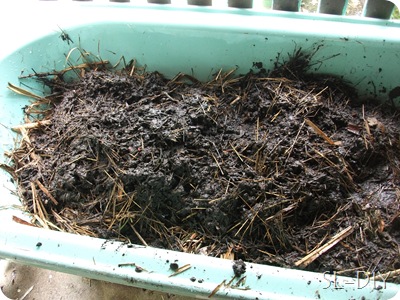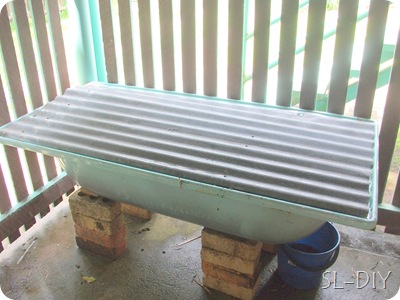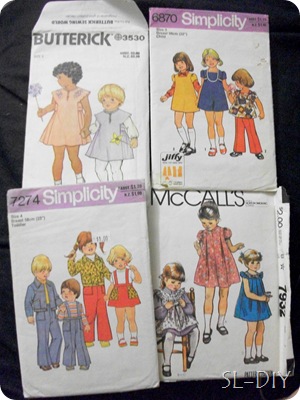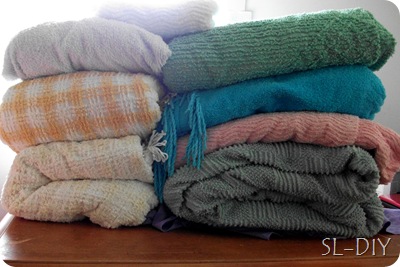I have abnormally skinny girls. No, really-my seven year old, while being average height, has the waist measurement of a 3 year old and weighs 18kgs. It’s just their natural shape, which makes sense when you have two small parents.
But it makes buying clothes for them a nightmare, which is why I make most of them (which can also be a nightmare if you can’t alter commercial patterns or draft your own). I recently came up with this method to reduce the waist in skirts, after having to pass up so many gorgeous skirts at the Salvation Army op-shop. They sell skirts there for $1, which is how much the one below cost me. If you have a chart-matching child it’s still worth doing this for too-large sizes, as it gives you the ability to choose from so many more clothes.
This skirt is a girls size 12, so truly huge. I wasn’t a big fan but my girls adored it (it’s an ‘olden days skirt’), and for $1 they get to have their way. Any lightweight skirt with a zipper opening and fitted waist will work-heavyweight fabrics will most likely get too bulky, and ditto to skirts already elasticised-but you can shorten the elastic in them if it’s cased.
You’ll need elastic, tightly woven ribbon or bias tape to match the waist measurement of the skirt +2cm and wider than the elastic. I used 6mm elastic and 1 inch ribbon.
*Note on elastic length-Because you have a zip to work around your elastic will be smaller than their waist measurement. How much smaller depends on a number of factors-i’ll tell you when to cut it accurately.
Start next to the zip. Fold the end of your ribbon/tape under, then stitch along the top edge, under the seam on the skirt, all the way along.
Do the same for the bottom edge. See how the bottom edge doesn’t sit next to the zipper like the top does? That’s to allow for the curve of the waistline as my ribbon is non-stretch.
Insert elastic, using a safety pin or bodkin. Leave the elastic just poking out……
…..and stitch it down firmly. Pin your elastic down at the other end, try on the child, and adjust accordingly. When you’re happy with the fit, stitch it down the same way as the first end.
Nicely gathered waistline………
…….now fitting skinny child.
Try to photograph said child twirling, and fail fairly spectacularly.
